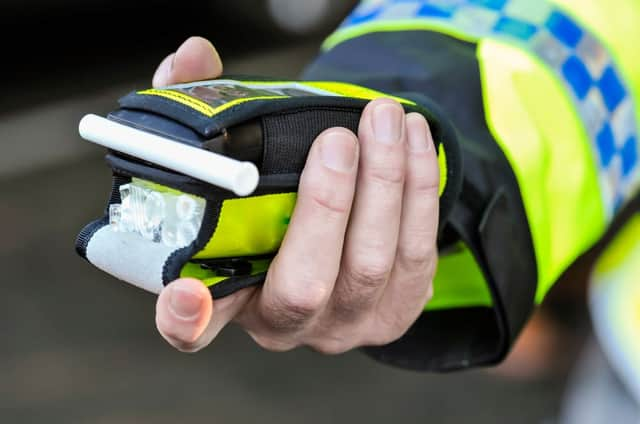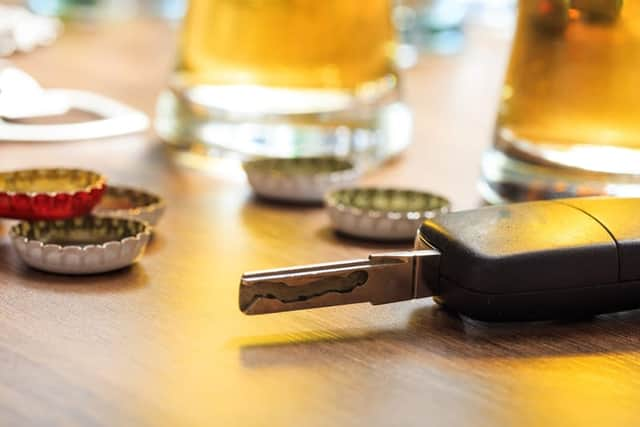What is the drink-driving limit in England and what are the penalties for breaking it?


With Christmas now just around the corner police and safety campaigners are driving home the message that drink-driving is dangerous and unacceptable.
Every year, the festive season sees an increase in the number of roadside breath tests and a rise in the proportion of drivers failing them as revellers take the wheel after consuming too much alcohol.
Advertisement
Hide AdAdvertisement
Hide AdThe latest government figures show that in the UK in 2018, there were 8,680 casualties, including 240 deaths, as a result of crashes where at least one driver was over the drink-drive limit.
What is the drink-drive limit in England?
The maximum blood alcohol limit in England is 80mg of alcohol per 100ml of blood (80mg/100ml). It is the same in Wales and Northern Ireland.
The limit can also be measured as a “breath limit”, which is 35 microgrammes of alcohol in 100ml of breath, or a “urine limit”, which is 107 milligrammes of alcohol in 100ml of urine.
There is a lower limit in Scotland and proposals to reduce the Northern Ireland limit to match but the UK Government does not have any plan to reduce the limit in England and Wales.
Advertisement
Hide AdAdvertisement
Hide AdResearch published in 2018 has suggested that the lower limit in Scotland has not reduced related casualties since it was introduced in 2014.
What are the penalties for drink-driving?
The exact punishment is down to the courts but you can be fined, banned and even jailed if found guilty of drink-driving.


Different offences attract more or less severe penalties, with the Government offering the following guidelines:
Being in charge of a vehicle while above the legal limit or unfit through drink
You may get:
Advertisement
Hide AdAdvertisement
Hide Ad- three months’ imprisonment
- a fine of up to £2,500
- a possible driving ban
Driving or attempting to drive while above the legal limit or unfit through drink
You may get:
- six months’ imprisonment
- an unlimited fine
- a driving ban for at least one year (three years if convicted twice in 10 years)
Refusing to provide a specimen of breath, blood or urine for analysis
You may get:
- six months’ imprisonment
- an unlimited fine
- a ban from driving for at least one year
Causing death by careless driving when under the influence of drink
You may get:
- 14 years’ imprisonment
- an unlimited fine
- a ban from driving for at least two years
- Forced to sit an extended driving test before your licence is returned
You may be able to reduce your ban by taking a drink-drive rehabilitation scheme (DDRS) course if you’re banned from driving for 12 months or more. It is up to the court to offer this.
Advertisement
Hide AdAdvertisement
Hide AdIf the court deems you to be a high-risk offender you will not automatically have your licence returned after a ban and will have to undergo a medical exam before being allowed to drive again.
You will be classed as a high-risk offender if you:
- were convicted of two drink driving offences within 10 years
- were driving with an alcohol reading of at least 87.5 microgrammes of alcohol per 100 millilitres (ml) of breath, 200 milligrammes (mg) of alcohol per 100 ml of blood, or 267.5 mg of alcohol per 100 ml of urine
- refused to give the police a sample of breath, blood or urine to test for alcohol
- refused to allow a sample of your blood to be tested for alcohol (for example if it was taken when you were unconscious)